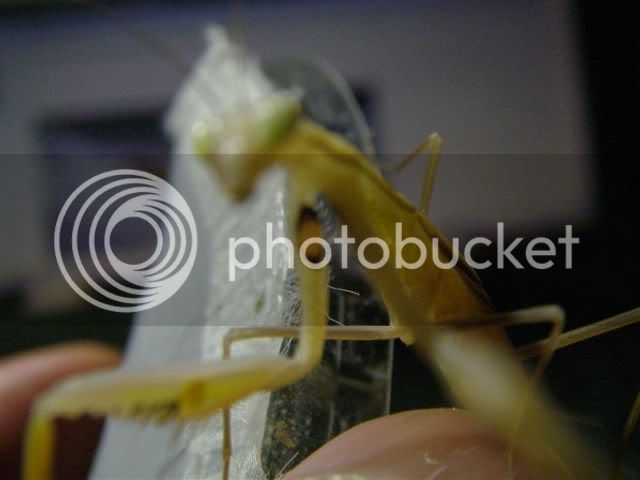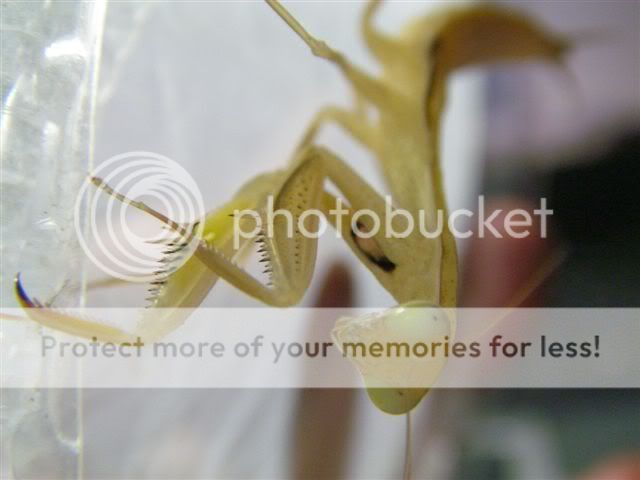Fisherman_Brazil
Well-known member
Mantis religiosa (European mantis) found here in Taiwan do not require over the winter (diapause). Are they still the same species (with the ones found in other continents)?
Photo shown is the specimem found here in Taiwan.
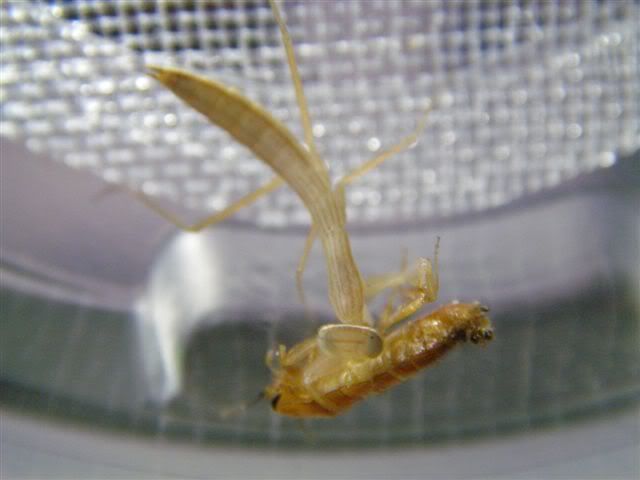
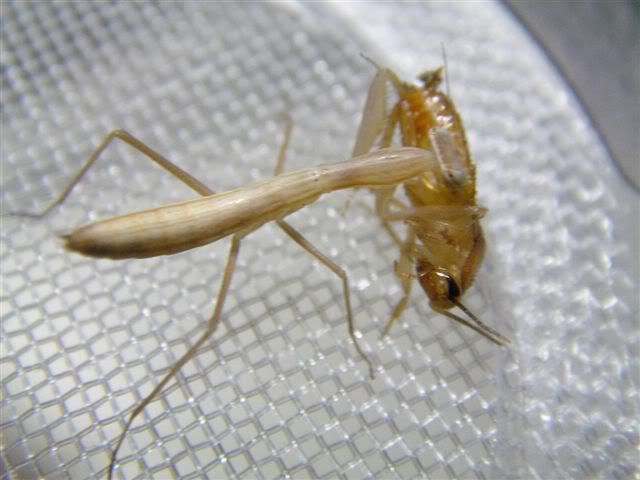
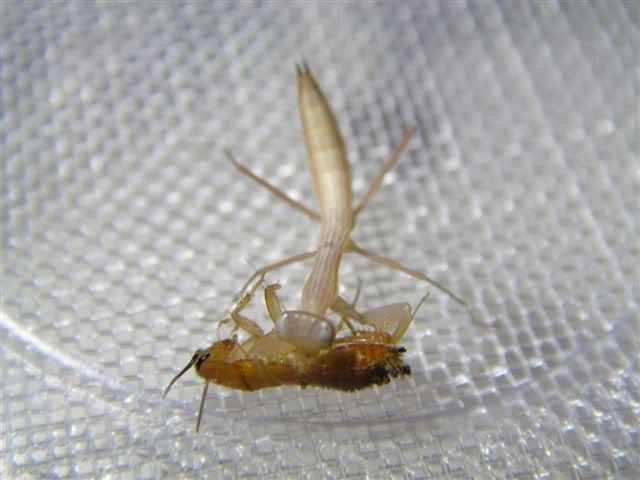
Photo shown is the specimem found here in Taiwan.







